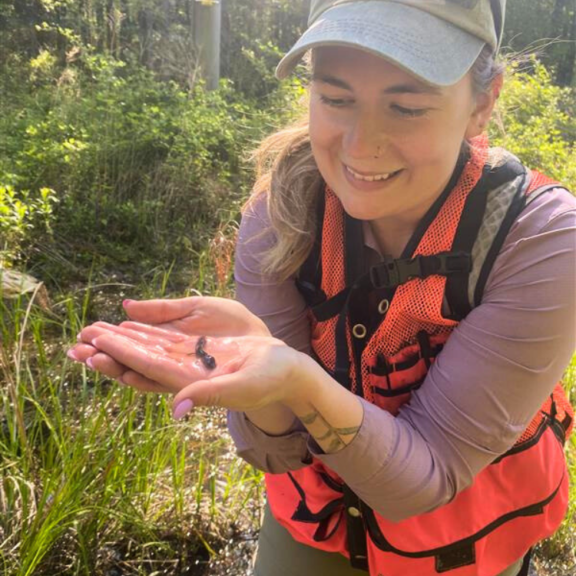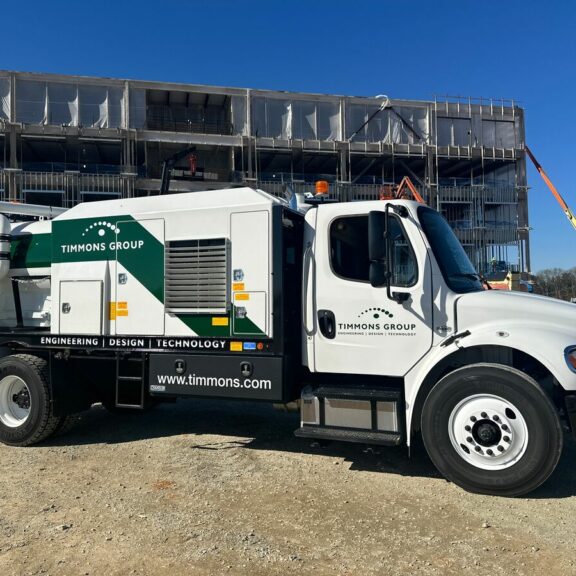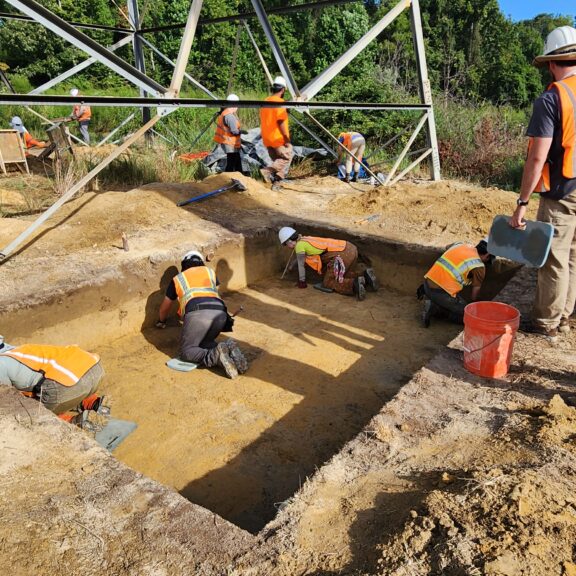Susan Morrison, a Project Manager in our Environmental Group, has the unique opportunity to see many of Timmons Group’s project sites before anyone else. Susan is a certified planner who specializes in environmental and land use analyses for a wide range of National Environmental Policy Act (NEPA) compliance and permitting projects. Before any dirt is moved, Susan visits the site and gets a first-hand look at the area’s history and the potential for the project’s future.
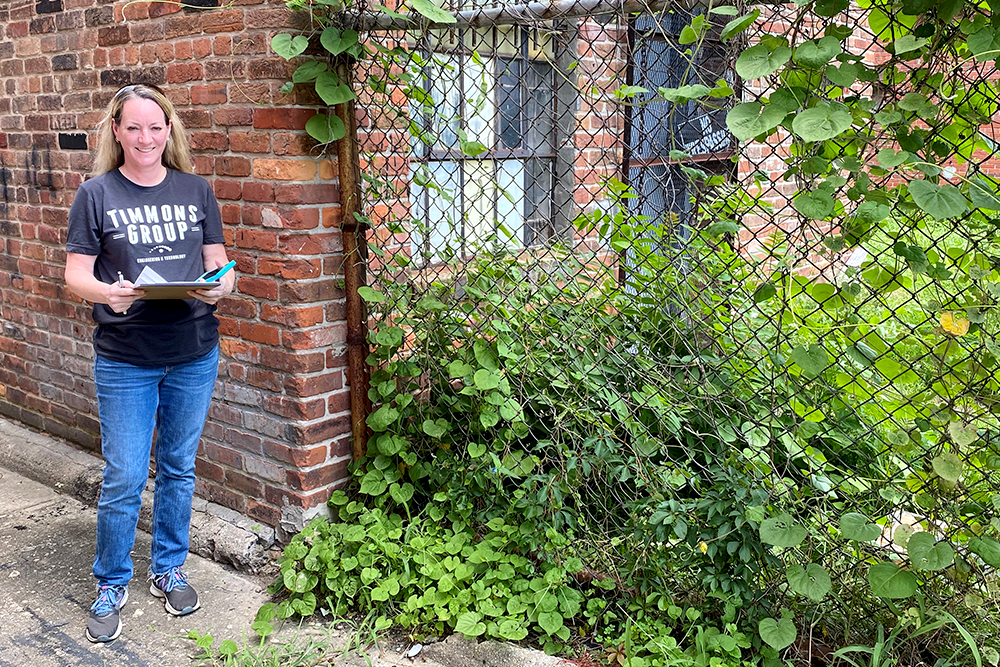
So what is she looking for, exactly? I met up with Susan at one of our current project sites in the City of Norfolk so she could walk me through the process.
What can you tell me about the site we’re visiting today?
This site is just one piece of a larger redevelopment effort in the City. As you can see, this particular area is currently unused, but will eventually house new commercial space with residential units above.
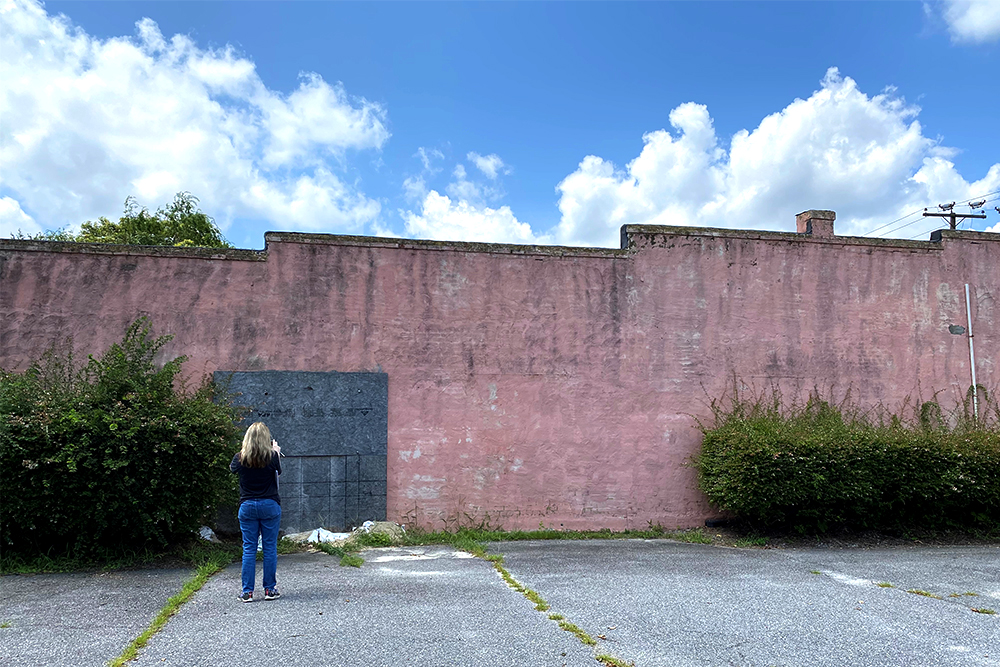
What are you looking for on-site?
I follow a NEPA checklist that identifies specific items to look for on-site. In general, I’m looking for environmental conditions such as impacts of flooding, things that could have adverse effect on public health and safety, the presence of Threatened & Endangered Species, and the historical use of the property, really just the overall environmental conditions of and surrounding the property.
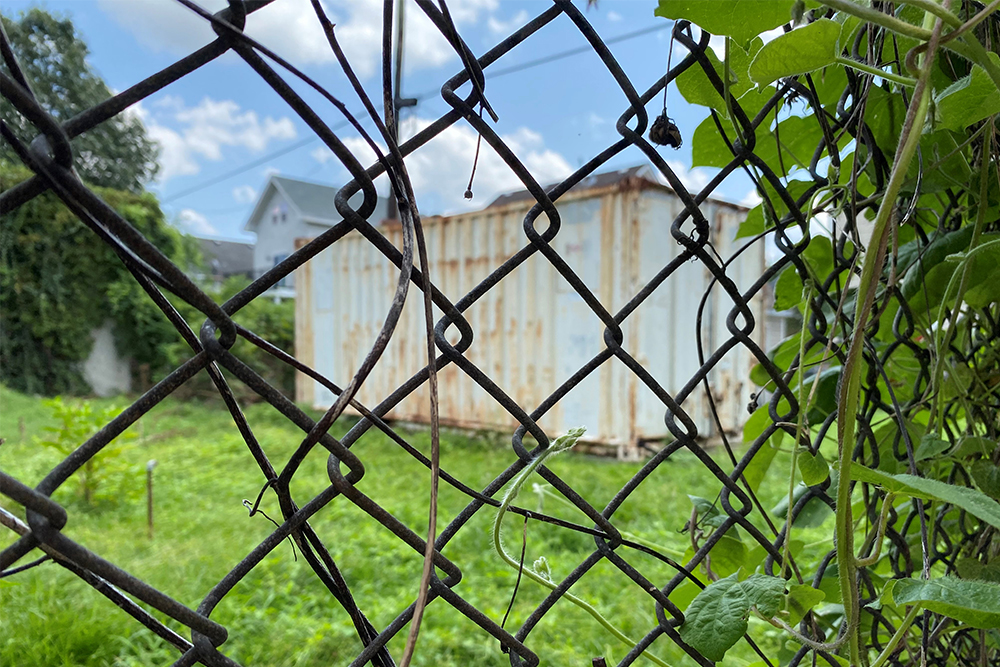
Why is this process necessary?
The NEPA process must be satisfied any time federal dollars are used to fund a project to ensure that the federal government isn’t endorsing an action that’s potentially detrimental to the natural or human environment. In this case, the City of Norfolk Department of Economic Development is looking to gain federal funding for the project from the U.S. Department of Housing and Urban Development (HUD), so we’re helping Norfolk get federal funding for the project.
What do you enjoy about this process?
It’s really interesting to me to see the existing condition of these areas before they are transformed. They are usually full of history and have unique stories and pasts. You see a lot of puzzling things on-site and I often wonder how they got there and what purpose they once served. It’s also really rewarding to see the end product once the project is finished and see just how far it has come.
To learn more about our NEPA Consulting services, click here.

